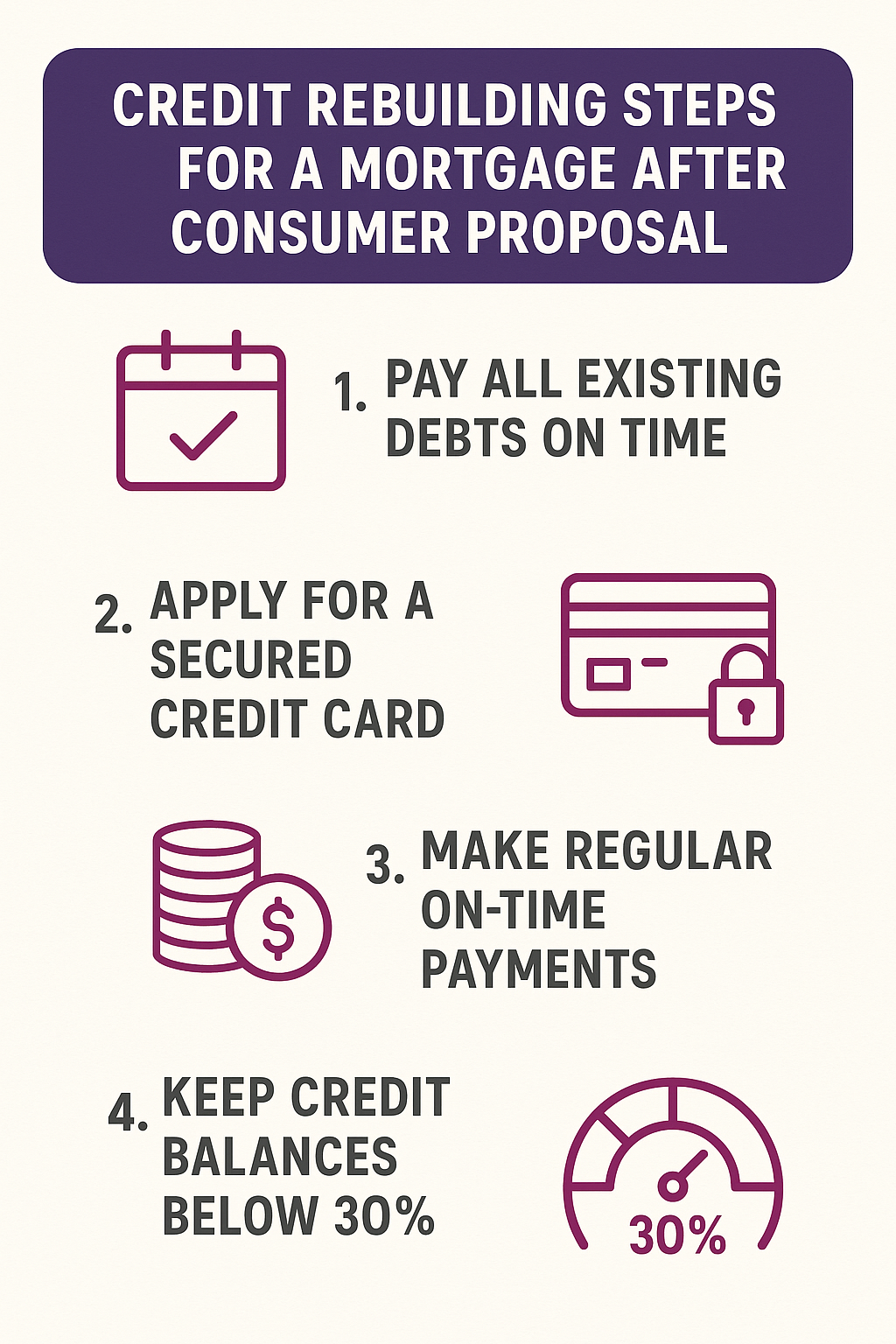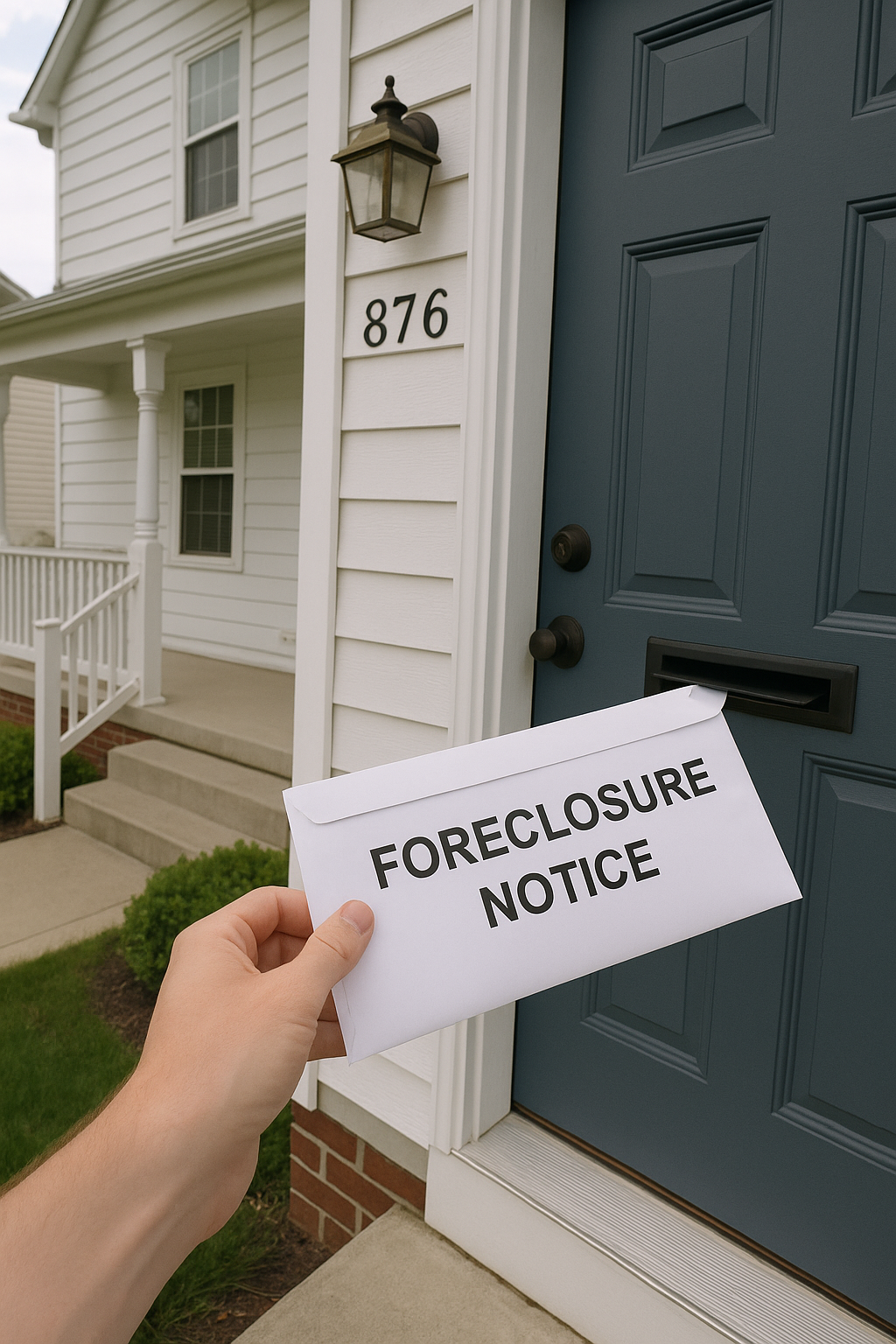Many Canadian homeowners wonder if they can access funds from their home value equity without refinancing and without the stress of breaking their mortgage. The short answer is yes, you can use equity without refinancing. Whether you’re planning renovations, covering major expenses, or consolidating debt, options like a home equity loan, HELOC, or second mortgage can help.
You don’t always need to refinance to borrow against your home. Canadians can access equity without refinancing by using a home equity loan, HELOC, or second mortgage. Each option comes with its own benefits, risks, and ideal uses, depending on your home value, income, credit, and long-term financial plan.
Table of Contents
ToggleUnderstanding Equity Without Refinancing
Equity is the difference between your home value and what you still owe on your mortgage. For example, if your home is worth $500,000 and your mortgage balance is $250,000, you have $250,000 in equity.
Traditionally, many homeowners think refinancing is the only way to tap into that value. But that’s a common myth. You can often borrow using equity without refinancing, which avoids breaking your current mortgage contract and potentially facing penalties.
Key takeaway: Refinancing is not your only option. Canadians can use a home equity loan, HELOC, or second mortgage to unlock funds while keeping their current mortgage intact.
Options To Access Equity Without Refinancing
Homeowners in Canada have several ways to borrow using their equity without refinancing. Let’s break down the most common options.
Home Equity Loan
- Lump-sum borrowing against your home value.
- Payments are fixed over a set term.
- Interest rates lower than unsecured loans or credit cards.
Best for debt consolidation, major renovations, or one-time major expenses. Because it’s secured, your home is at risk if you default.
HELOC (Home Equity Line of Credit)
- Revolving line of credit based on your home value.
- Borrow, repay, and borrow again as needed.
- Interest charged only on what you use.
Common mistake: Using a HELOC for everyday spending, leading to unnecessary debt.
Second Mortgage
- Registered in addition to your first mortgage.
- Provides a lump sum of cash.
- Shorter terms and higher rates, but more flexible than refinancing.
Key takeaway: A second mortgage can bridge financial gaps, but always have an exit strategy.
Alternative Lender Options
Banks aren’t your only choice. Private lenders and credit unions may provide solutions for homeowners who want to access equity without refinancing.
Factors That Impact Your Ability To Access Equity Without Refinancing
- Home value & LTV ratio: Borrowing typically capped at 80% of property value.
- Credit score: Banks prefer 680+, but private lenders are more flexible.
- Income stability: Employment, rental, or alternative income sources reviewed.
- Property condition & location: Urban properties often favored.
- Debt servicing ratios: Your monthly debt compared to income.
Canadian example: An Ontario homeowner with a $700,000 home value and a $400,000 balance could qualify for a HELOC limit of $160,000 (up to 80% loan-to-value).
How Age Plays a Role in Accessing Equity Without Refinancing
When applying to use equity without refinancing, your age can influence both lender requirements and the types of products available:
-
Younger homeowners (under 40): May qualify more easily for a HELOC or second mortgage, as lenders assume a longer working horizon for repayment. However, income stability and credit history are still critical.
-
Middle-aged homeowners (40–60): Often at their peak earning years, this group may be able to access larger equity amounts. Lenders will still look closely at repayment ability, especially if debt-to-income ratios are high.
-
Retirees and older homeowners (60+): Income sources shift from employment to pensions, savings, or government benefits. While some may qualify for a home equity loan or HELOC, lenders focus heavily on repayment ability and risk. In some cases, a reverse mortgage may be the most suitable solution if a steady income is limited.
Important to note: Age is not a barrier to accessing equity without refinancing, but it affects the type of financing and repayment plan a lender will approve. Having a strong exit strategy and proof of consistent income (employment, pension, rental, etc.) can make the difference in approval.

When Should You Use Equity Without Refinancing?
- Debt Consolidation: Pay off high-interest credit cards.
- Renovations: Improve your home and increase long-term value.
- Major Expenses: Education, medical bills, or family emergencies.
Important to note: Match the borrowing product to your financial goals. A HELOC works for ongoing costs, while a second mortgage fits urgent needs.
Risks and Considerations
- Higher rates than refinancing.
- Risk of over-borrowing with flexible products.
- Your home may be at risk if you miss payments.
Common mistake: Borrowing without a repayment plan.
📌 Example: Using Equity Without Refinancing to Consolidate Debt
Michelle, a homeowner in Hamilton, Ontario, bought her home ten years ago for $380,000. Today, her home value has risen to $650,000, and she owes $300,000 on her mortgage. That means she has about $350,000 in equity.
Over the years, Michelle’s credit score dropped due to high credit utilization and a few late payments. Recently, she faced rising credit card balances of $25,000, along with a personal loan of $15,000. Refinancing wasn’t ideal because:
- She had locked into a competitive 5-year fixed rate only 18 months earlier.
- Breaking her mortgage contract would have cost nearly $12,000 in penalties.
The solution: Michelle worked with a mortgage professional to secure a home equity loan of $45,000. This allowed her to:
- Consolidate all high-interest debts into one manageable monthly payment.
- Free up over $600 per month in cash flow.
- Put $5,000 toward urgent roof repairs.
Because she borrowed the right amount upfront, she avoided multiple applications that might have further damaged her credit score. Most importantly, she and her broker created a clear exit strategy: once her credit score improves, she will look to secure a HELOC alongside her mortgage, rolling the loan into a new product at a lower rate for long-term stability.
Key takeaway: By choosing a home equity loan instead of refinancing, Michelle kept her original low mortgage rate, avoided steep penalties, and gained the funds she needed to get back on track financially.
How To Apply For Equity Access Without Refinancing in Canada
- Contact a mortgage broker.
- Gather documents (mortgage statement, tax bill, proof of income, ID).
- Get an appraisal to confirm current home value.
- Lender reviews your file and provides feedback and approval.
- Funds advanced as a loan, HELOC, or second mortgage.
Key takeaway: Private lenders can often complete the process faster than banks or institutional lenders.
Questions Your Mortgage Professional Will Ask
When applying to access equity without refinancing, your mortgage professional will need to gather important details to better understand your financial situation.
Be prepared to answer questions like:
-
Credit history: Have you had past issues such as bankruptcy, a consumer proposal, or collections?
-
Ownership/title of the property: Is the title clear, or are there other owners or liens registered?
-
Repayment history: How consistent have you been with mortgage or other loan payments?
-
Timeline/deadline: Do you have a specific date you need funds by (e.g., to pay off debts, handle renovations, or stop collections)?
Honest answers help your mortgage professional tailor the best solution for you, whether it’s a home equity loan, HELOC, or second mortgage.
FAQ
Q1: Can I access my home equity without breaking my mortgage?
A: Yes. Options like a home equity loan, HELOC, or second mortgage let you borrow using equity without refinancing.
Q2: Is a HELOC better than a second mortgage?
A: It depends. A HELOC provides flexibility, while a second mortgage offers a lump sum. The right choice depends on your borrowing needs.
Q3: What credit score do I need in Canada?
A: Banks usually want 680+, but private and alternative lenders can approve lower scores for homeowners accessing equity without refinancing.
Q4: Can I use equity for debt consolidation?
A: Yes. Many Canadians consolidate high-interest debt through home equity products.
Q5: Do I need an appraisal?
A: Most lenders require an appraisal to confirm home value before approval.
Final Thoughts on Taking Equity Without Refinancing
While borrowing today has become easier, it’s important to speak with a mortgage professional before making a decision. Take time to review your household budget and ensure that any funds received are directed toward areas that could impact your credit score. Whenever possible, try to borrow the right amount the first time, rather than borrowing too little and needing to apply again; multiple applications can hurt your credit and increase costs. Most importantly, think about how you’ll manage the payments long-term and build an exit strategy that fits your financial goals.
Before moving forward, keep these tips in mind:
-
✅ Speak with a mortgage professional for guidance.
-
✅ Review your household budget carefully.
-
✅ Use funds to address debts or payments that affect your credit score.
-
✅ Borrow the right amount once, rather than applying multiple times.
-
✅ Plan ahead with a clear long-term repayment and exit strategy.
At LendToday, we help Canadians plan ahead and use equity wisely, offering fast and reliable mortgage solutions tailored to each homeowner’s situation.
✅ Key Takeaway: You don’t need to refinance to access your home’s potential. Explore home equity loans, HELOCs, and second mortgages to borrow smartly.
- Skip a Mortgage Payment? Here’s What Canadian Homeowners Should Know - September 26, 2025
- Using Equity Without Refinancing Safely Borrow in Canada: 3 Key Ways - September 18, 2025
- Mortgage Approval with Child and Spousal Support Income Explained - September 1, 2025






